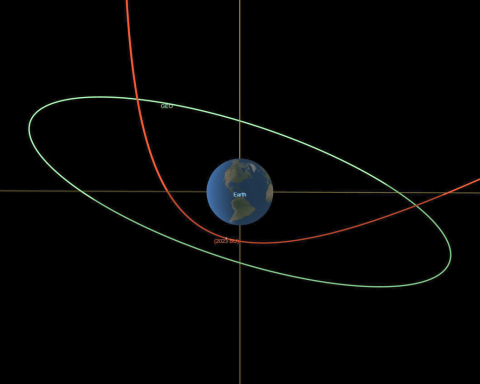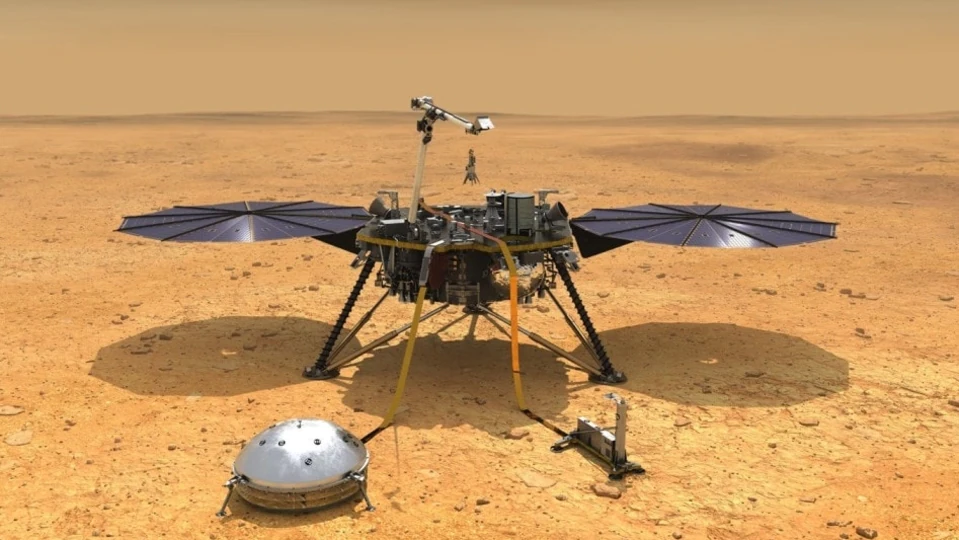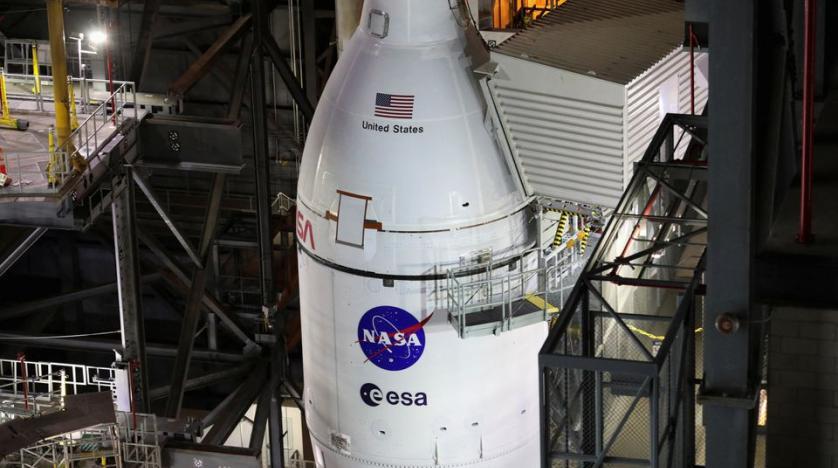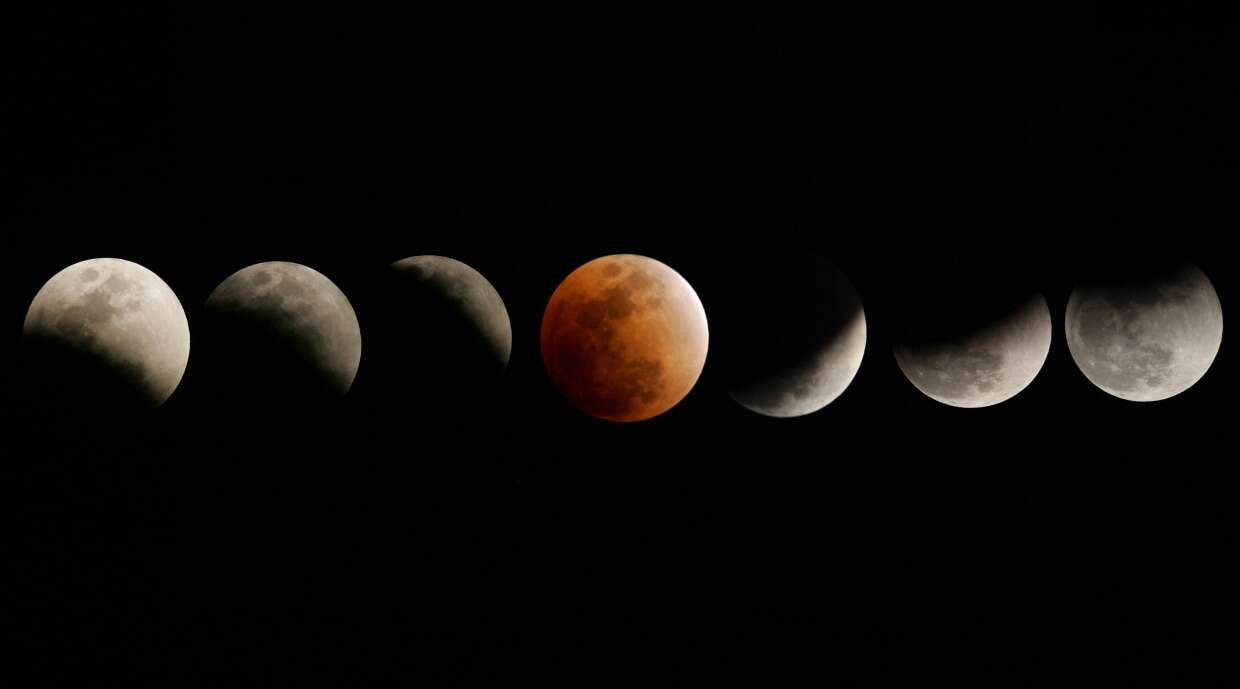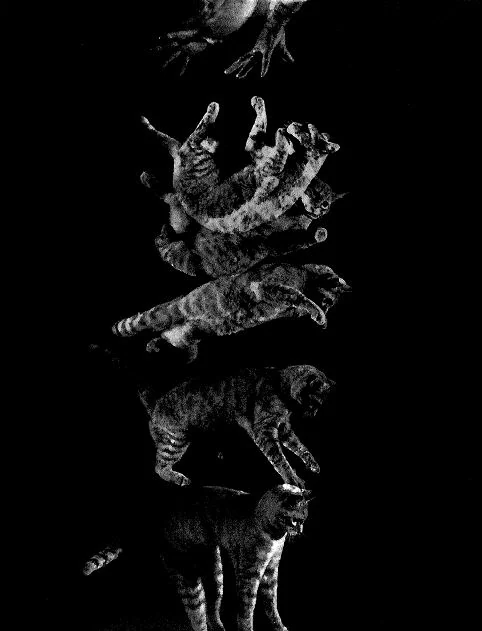
It is widespread knowledge that when a cat falls upside down, it can turn its body mid-air, so It lands on its feet. Although numerous scientists like James Clerk Maxwell had pondered on the “falling cat” problem, until 1969 when T.R. Kane and M.P. Scher of Stanford, California, published a paper in the International Journal of Solids and Structures with the title, “A Dynamical Explanation of the Falling Cat Phenomenon,” none of them had tried to understand this phenomenon mathematically.
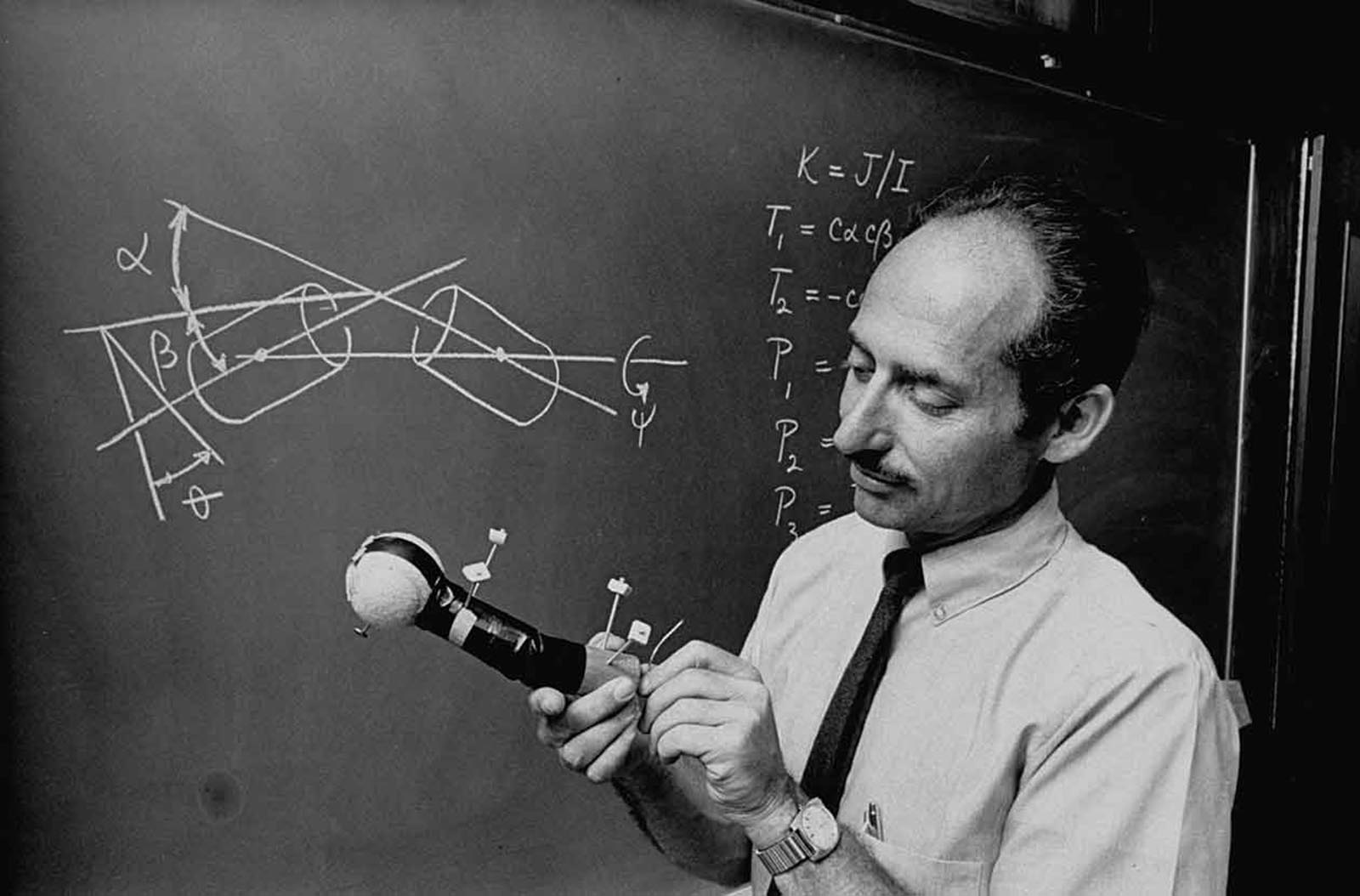
This study was funded to some extent by a NASA research grant. The scientists created a model cat with joined cylinders that were flexible, T.R. Kane and M.P. Scher then used this pair of joined cylinders to devise equations to explain the study mathematically.
NASA was super interested in how they could use the research knowledge to develop and engineer procedures to help astronauts understand their bodies, their bearings and how to move in space that left everything weightless and defied earth’s gravity laws.
T.R. Kane worked alongside NASA using his equations to develop some moves tested on a trampoline by a gymnast. Below are a couple of pictures.

